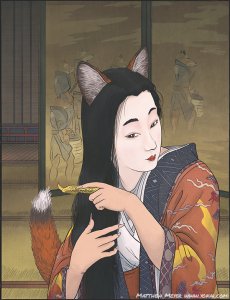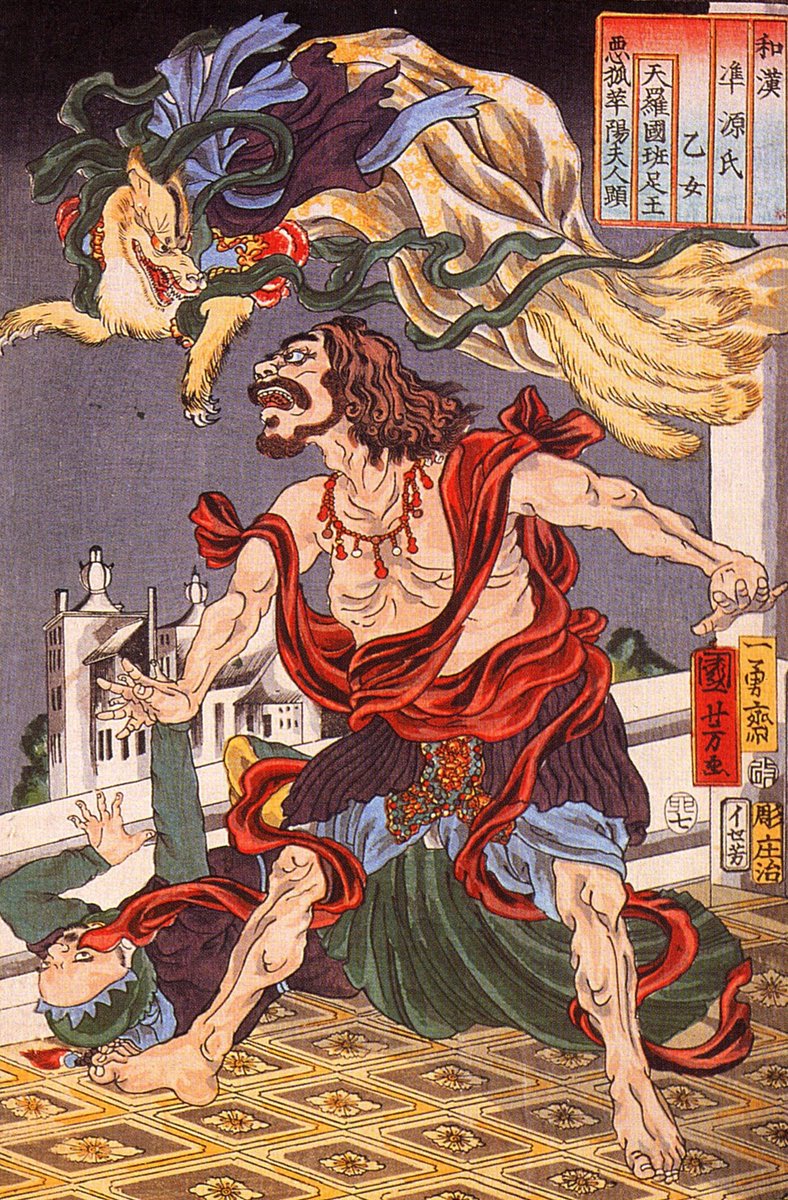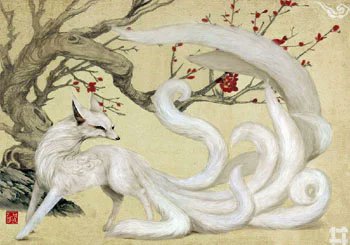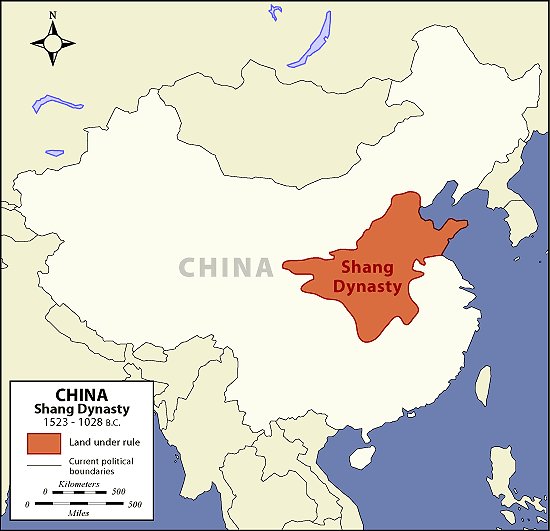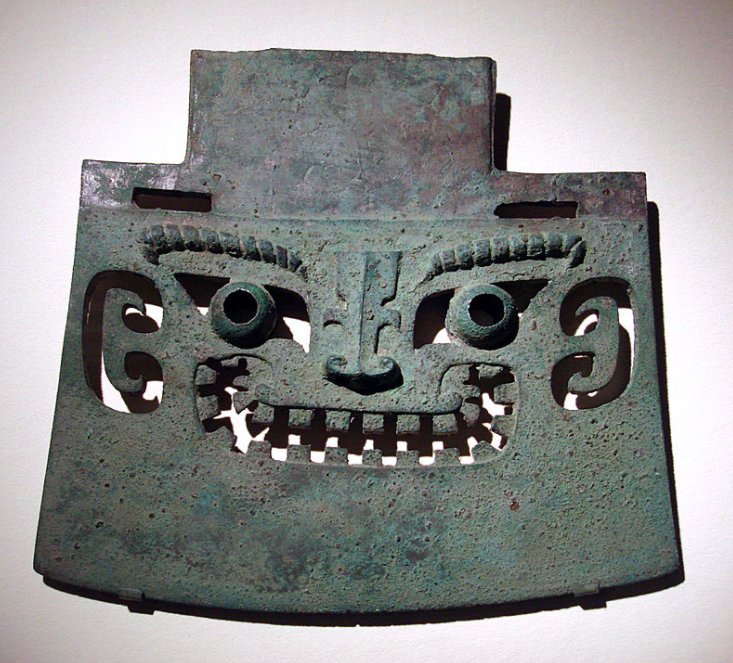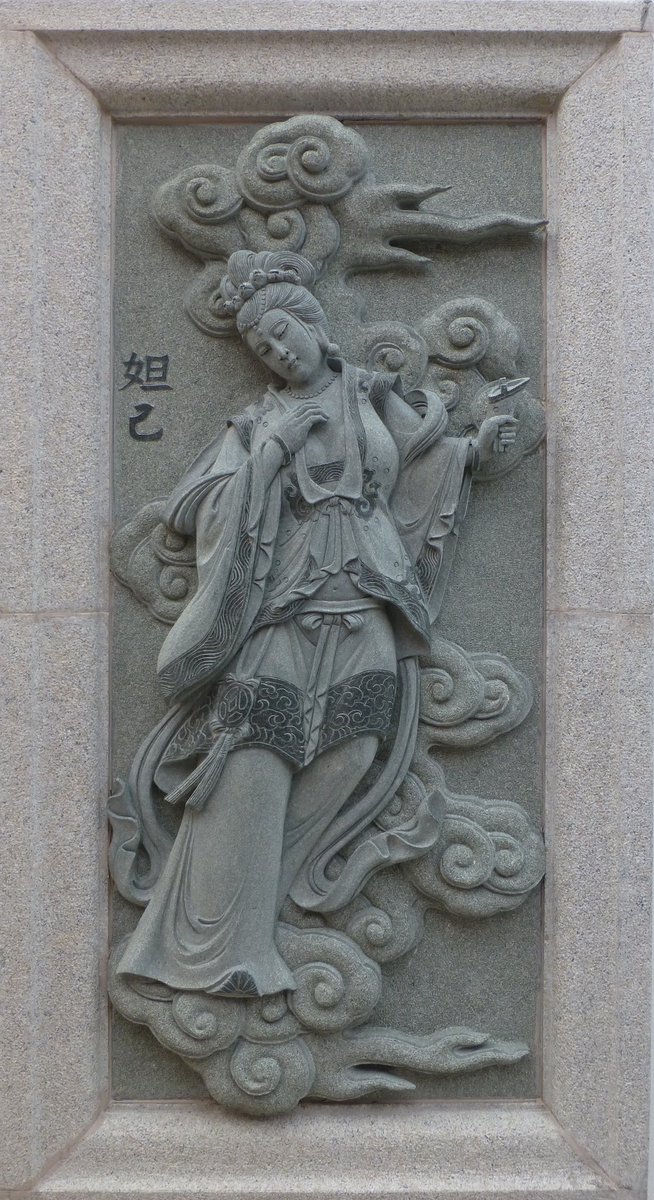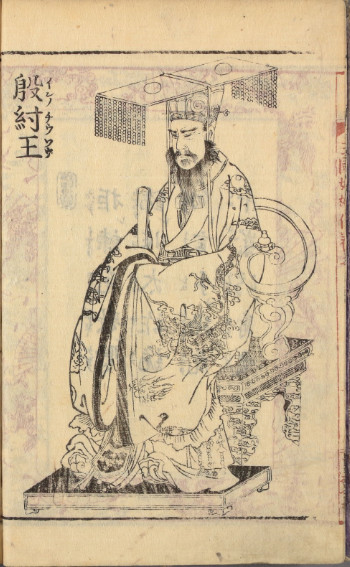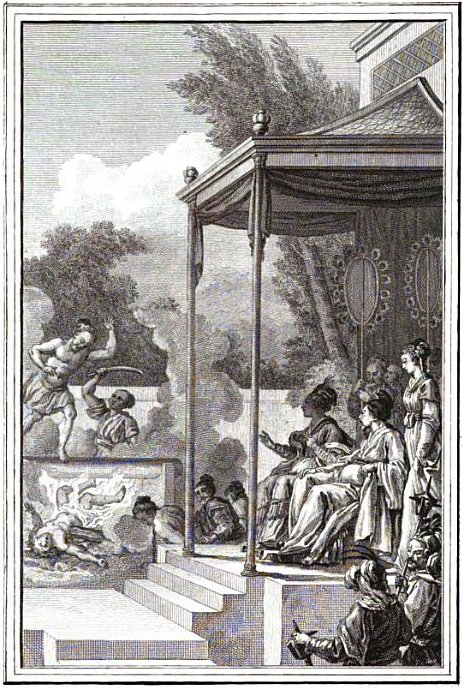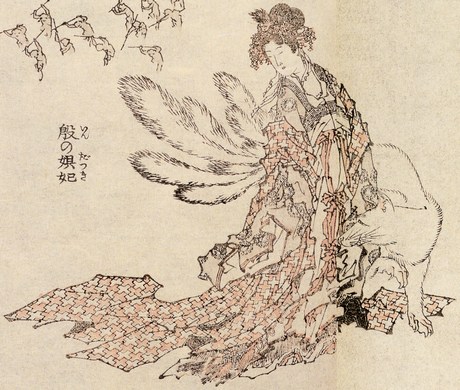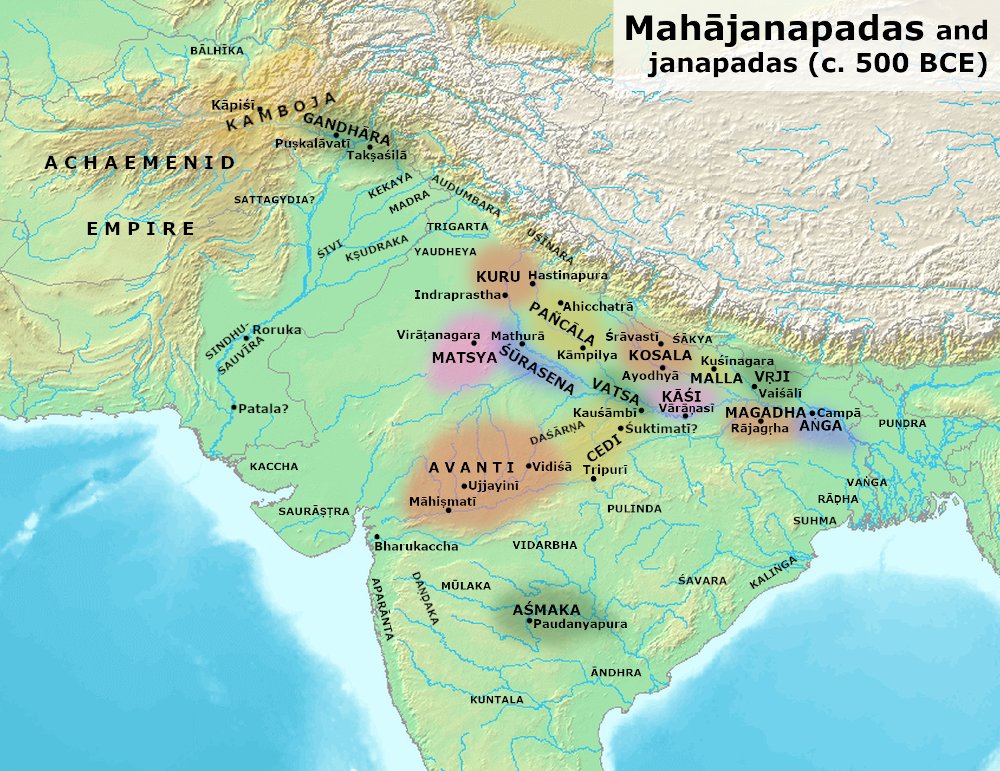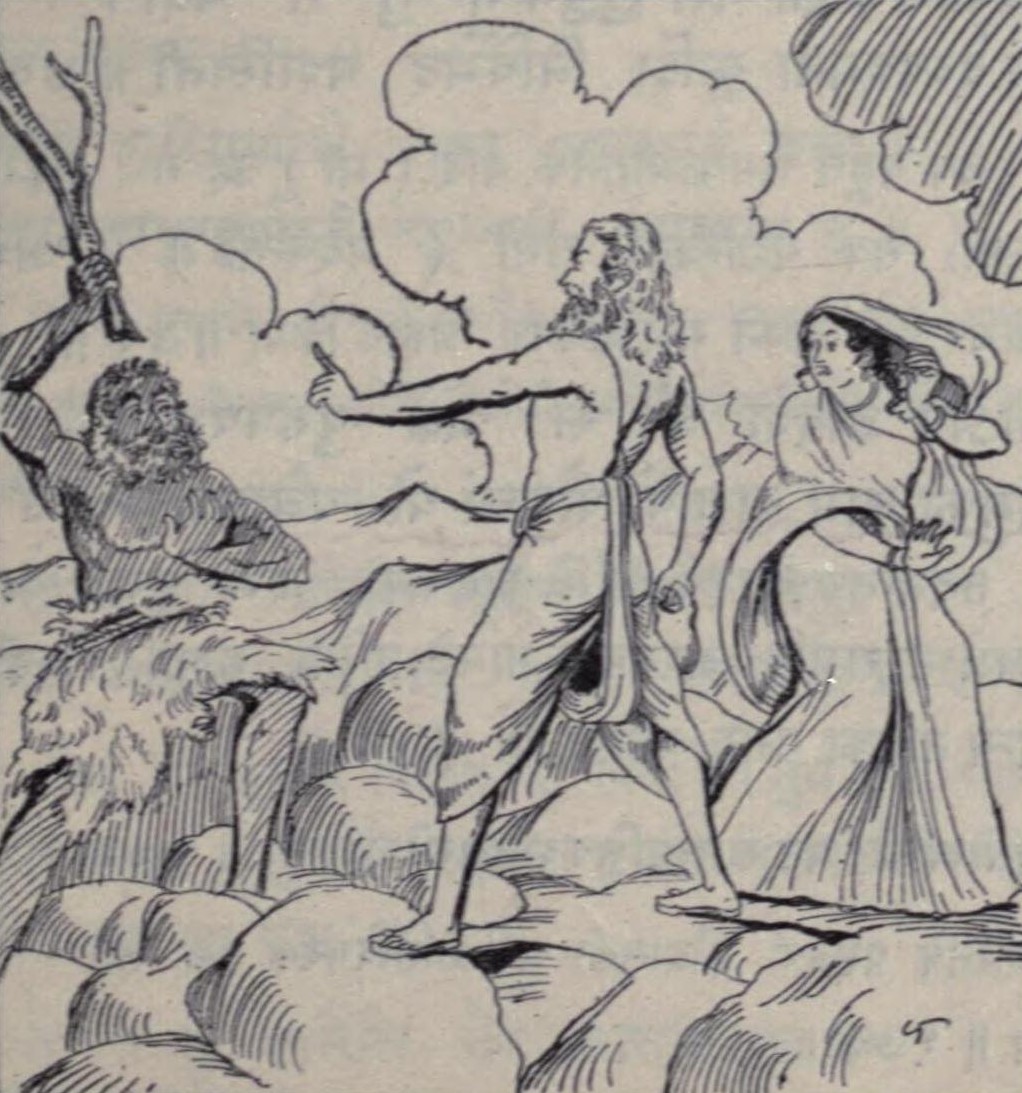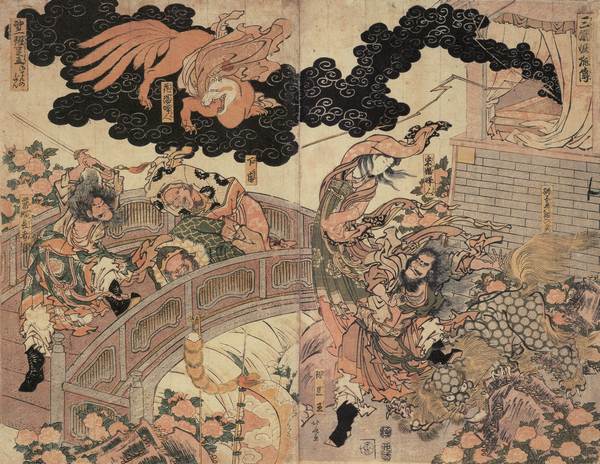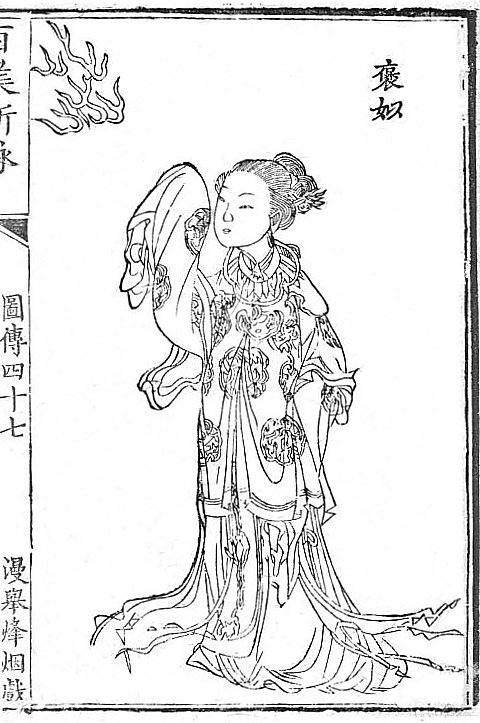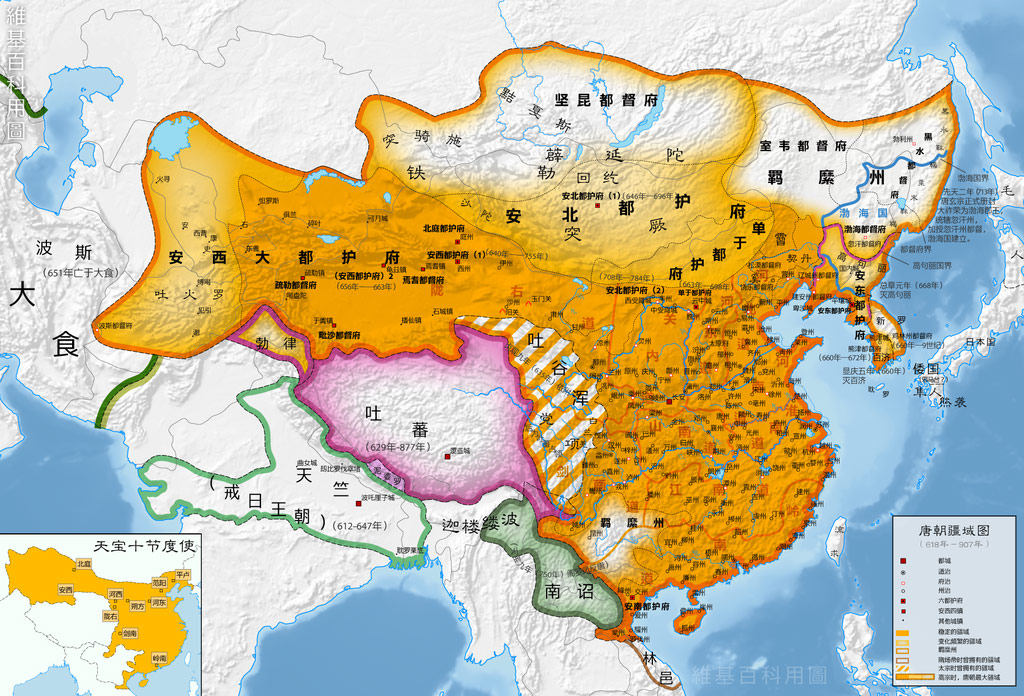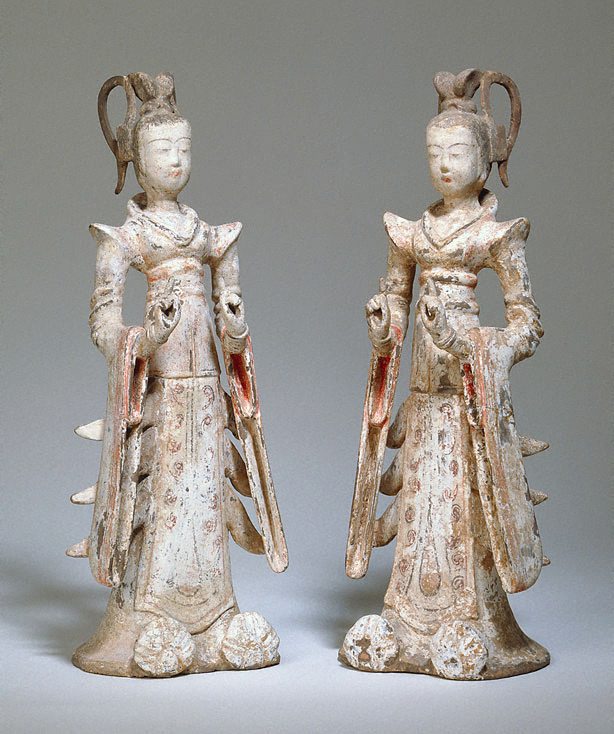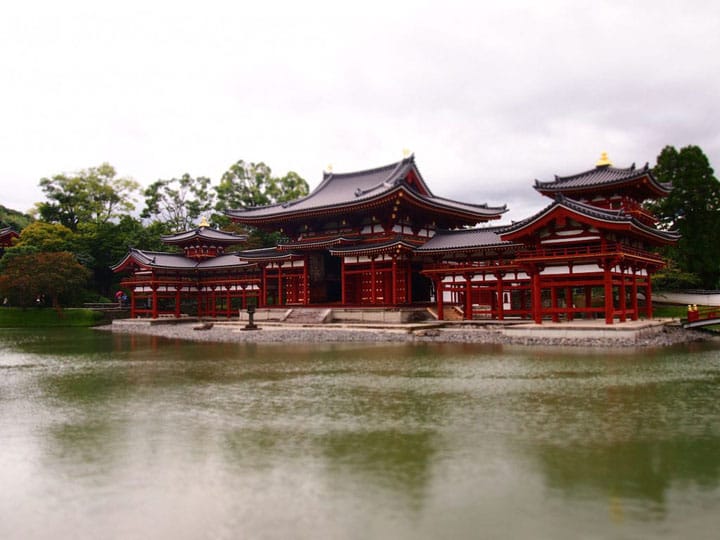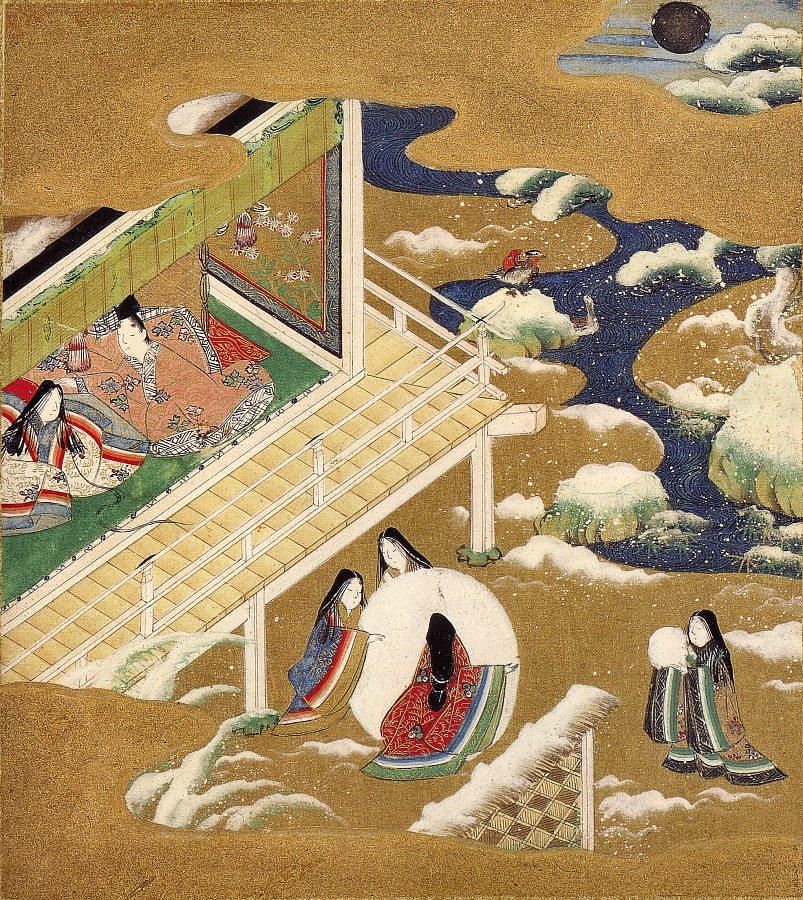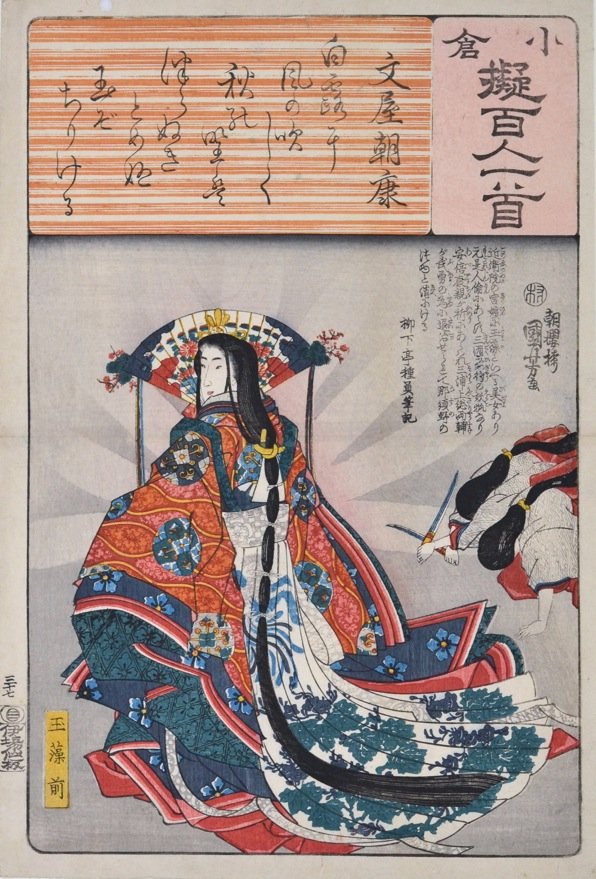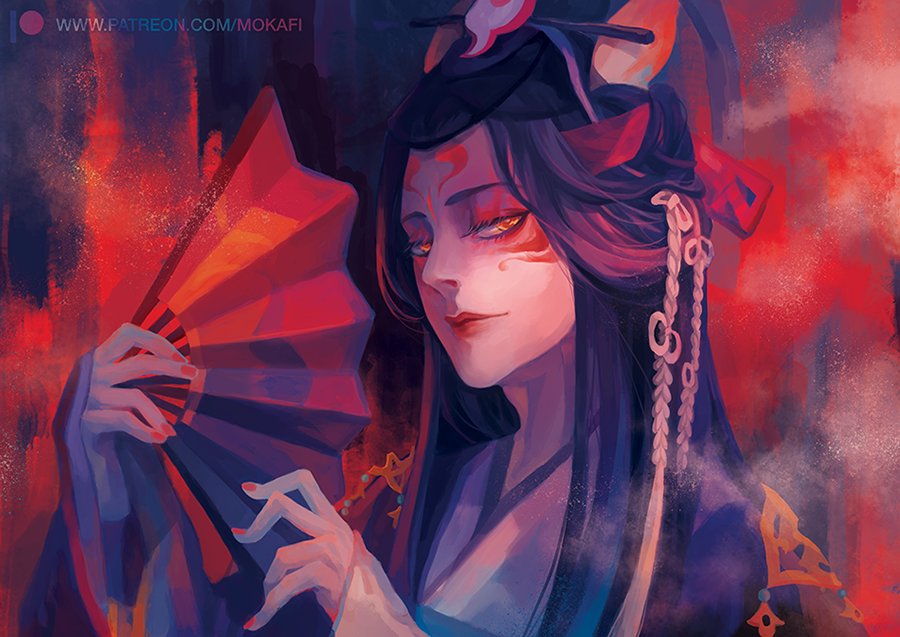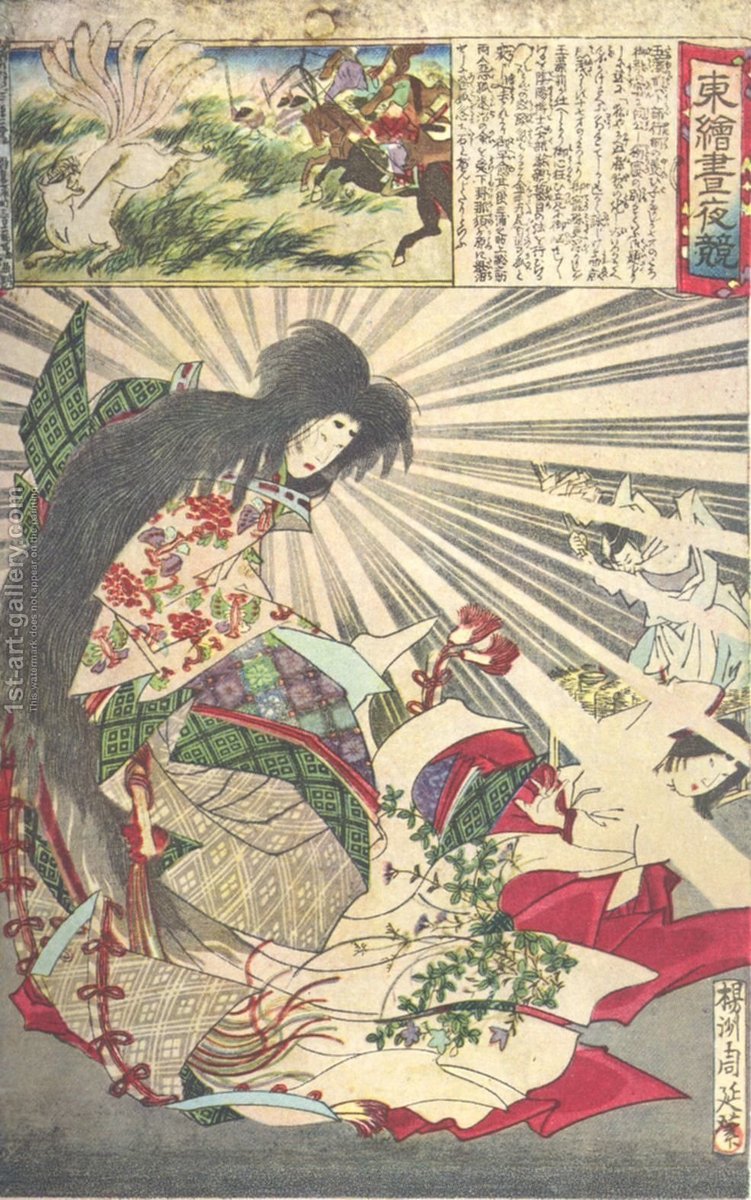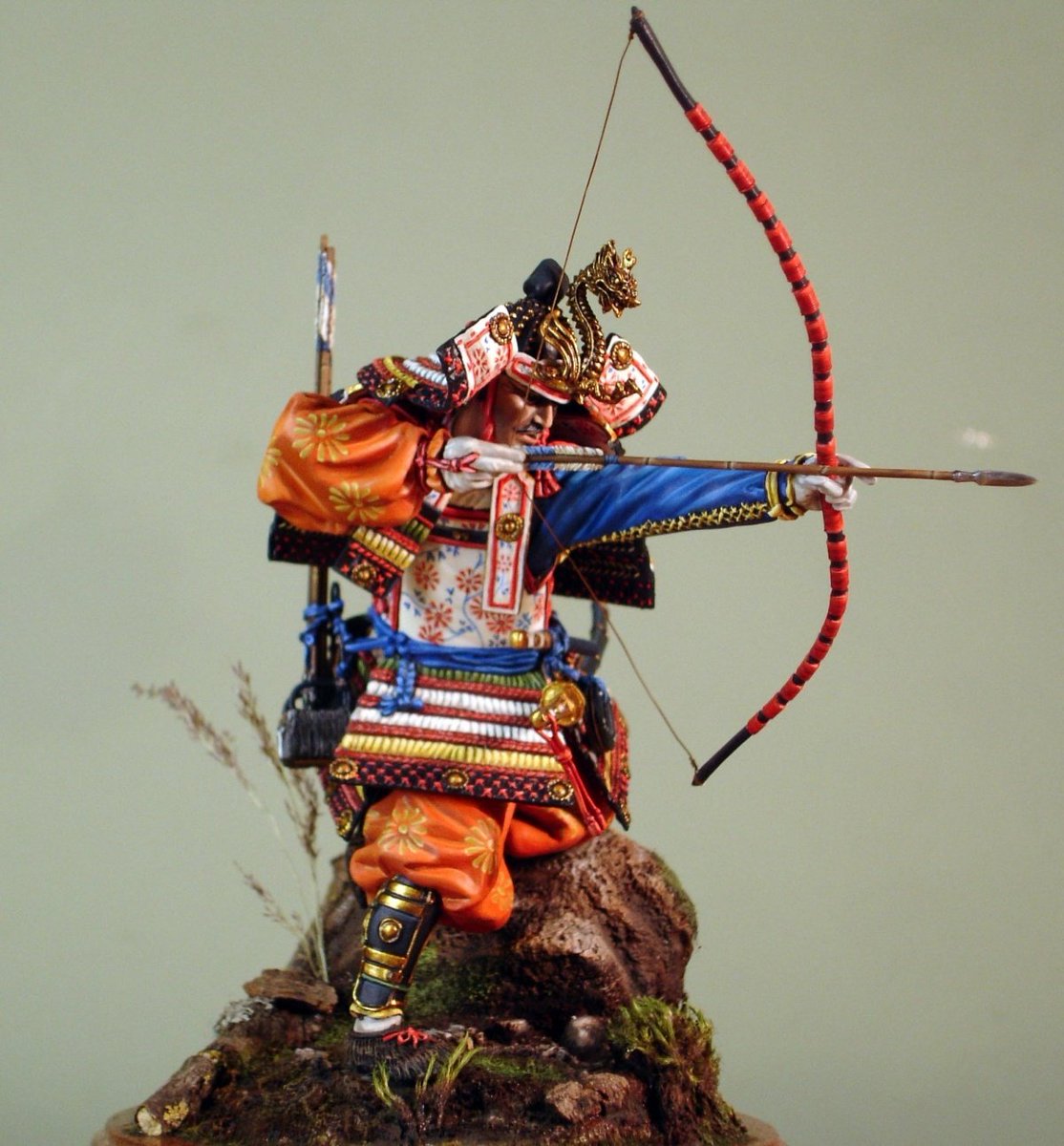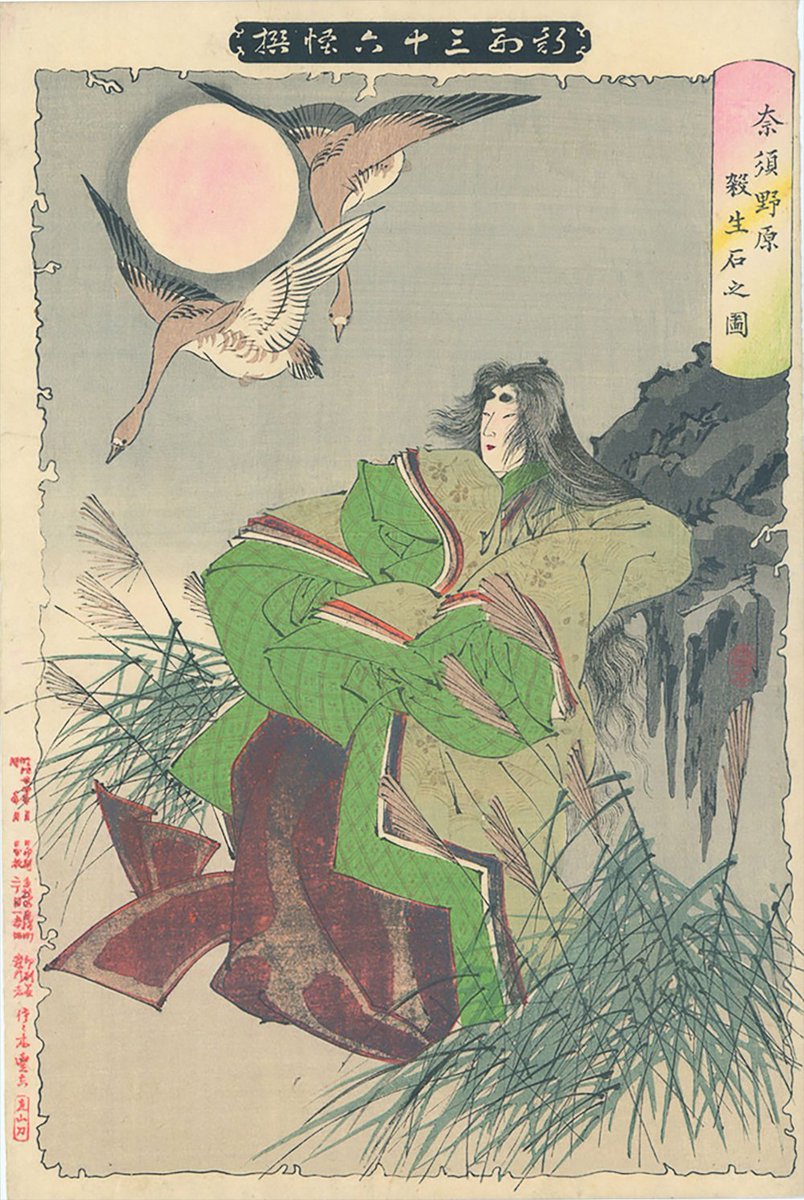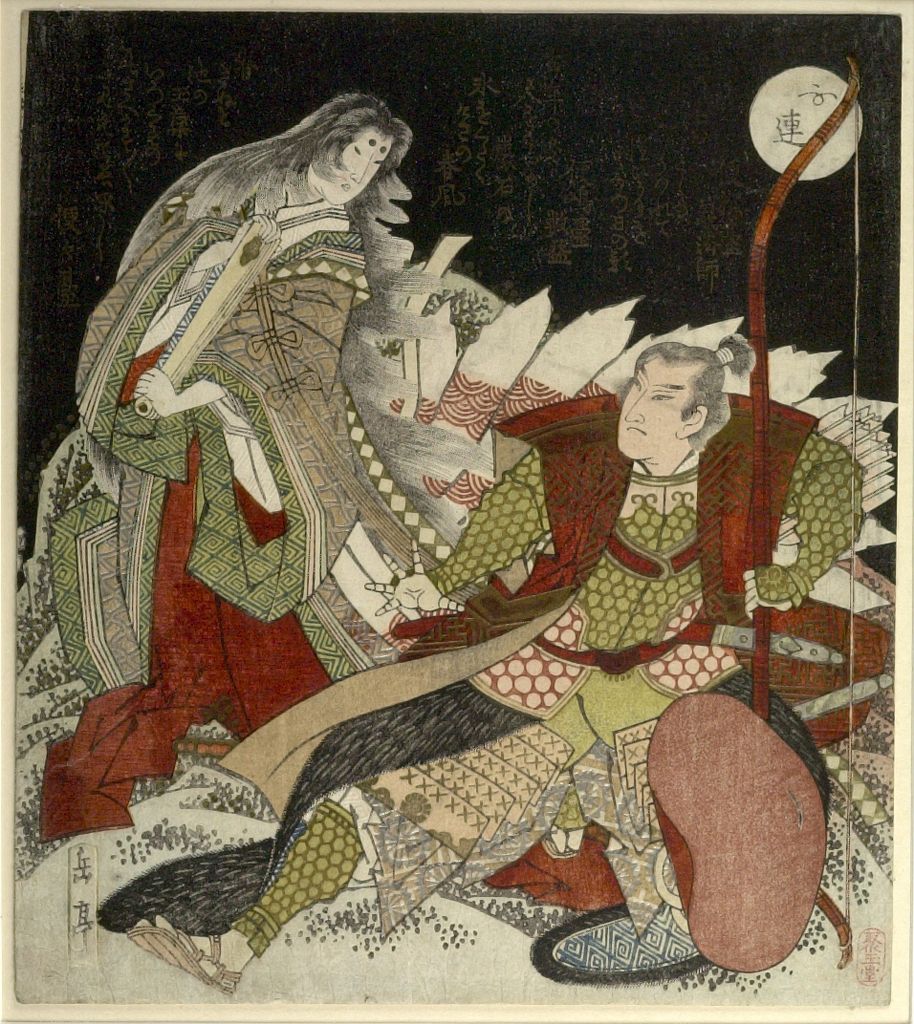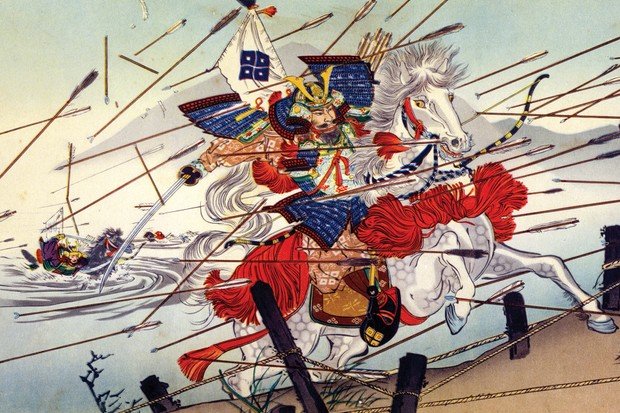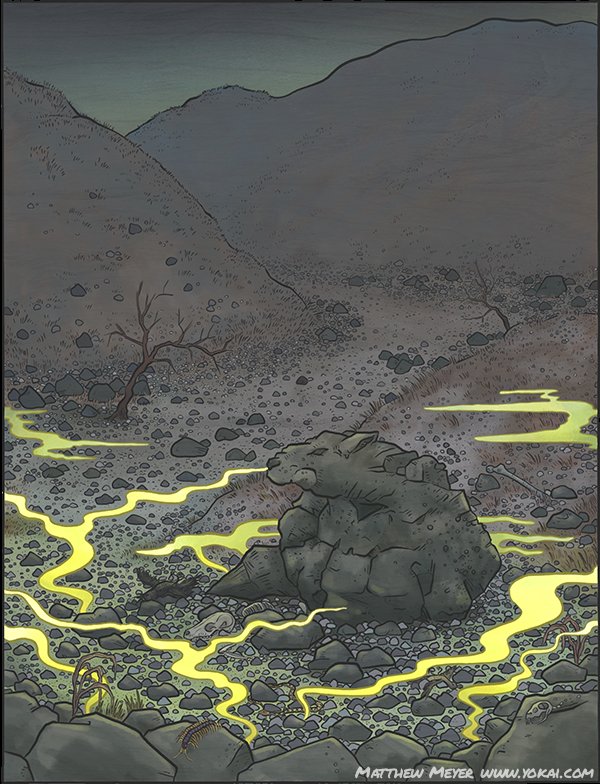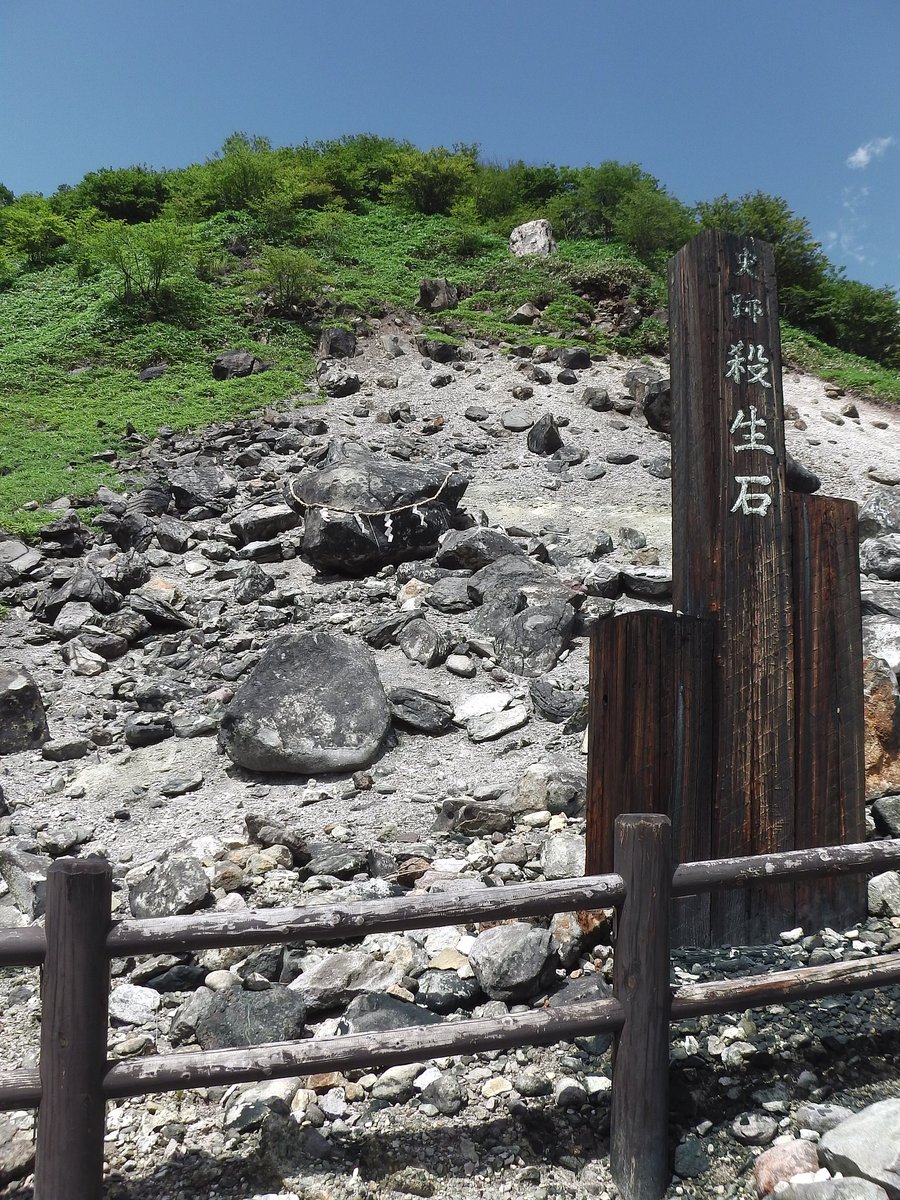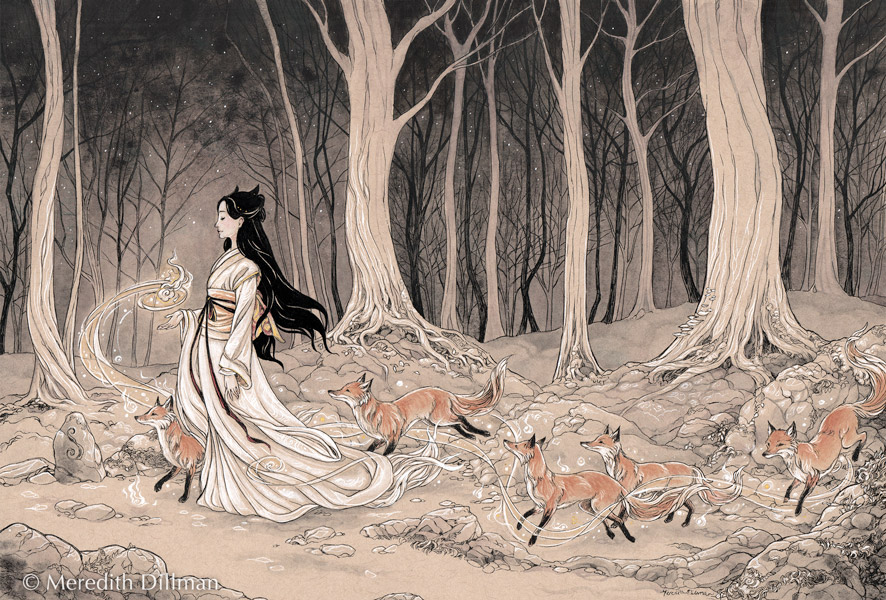THREAD: Tamamo-no-Mae's Life and Death
No Japanese kitsune is more famous nor more evil than the depravity of Tamamo-no-Mae, (玉藻前), called Lady Duckweed. Hers is a tale across four thousand years.
Let's begin. #FairyTaleTuesday
 : @matthewmeyerart
: @matthewmeyerart
No Japanese kitsune is more famous nor more evil than the depravity of Tamamo-no-Mae, (玉藻前), called Lady Duckweed. Hers is a tale across four thousand years.
Let's begin. #FairyTaleTuesday
 : @matthewmeyerart
: @matthewmeyerart
First, kitsune lore: a fox who lives a century (animals lived a long time in pre-modern thought across the world) gains magic powers. With training they become powerful shapeshifters, and many develop morality.
Many, however, do not.
 : K. Utagawa
: K. Utagawa
Many, however, do not.
 : K. Utagawa
: K. Utagawa
Kitsune in Japan are divided into two categories: good and evil, the good choosing to follow the ways laid out by Heaven and specifically the god/dess Inari. These guard temples and holy places. They can grow up to nine tails before ascending to Japan's version of Heaven.
Evil kitsune are limited, and infinitely more common. Evil isn't a direct translation, but trickster foxes are a dime a dozen. Even the most benign of kitsune fall into this category. They can gain, through training and willpower, no more than four tails, yet are more showy.
This categorization largely holds across Korea and China, and it is China where we begin our tale, near the year 1500. A fox was born in China. We don't know her name, myth has forgotten it. But she lived, grew, gained her first additional tail, and a taste for extravagance.
You see, she had a taste for the luxury experienced by Shang Chinese nobles. Palace culture wasn't quite as centralized and local lords ruled without equal, and she loved being among them.
She also pushed their tastes to the extreme, towards hedonism.
She also pushed their tastes to the extreme, towards hedonism.
For centuries, this nameless fox was content to take an identity and live a life until she grew bored or was discovered, each time her tastes growing more extreme.
But the wheel of Chinese dynasties was turning. War was coming.
(Game is Dynasty Warriors but you get the point)
But the wheel of Chinese dynasties was turning. War was coming.
(Game is Dynasty Warriors but you get the point)
It is uncertain when she met King Zhou, but she did so under the name Lady Daji (妲己), whose pedigree among humans was unmatched.
No one suspected she was a fox just yet. She started small, extravagant feasts and lush orgies. Not uncommon of nobles in the 1000s BCE.
No one suspected she was a fox just yet. She started small, extravagant feasts and lush orgies. Not uncommon of nobles in the 1000s BCE.
Time passed and soon Zhou became Xin, Emperor of Shang. Malcontent grew, his enemies grew louder.
So too did Daji's tastes become extreme. This is where she shows her true nature, her taste for torture and throwing kingdoms into chaos.
So too did Daji's tastes become extreme. This is where she shows her true nature, her taste for torture and throwing kingdoms into chaos.
Long ago, Zhou gave up affairs of state to do whatever Daji wanted, and now she had control of the entirety of Shang China's administration. Musicians created music specifically for orgies, and often she would force young nobles and servants to frolick in the nude.
Fun, right?
Fun, right?
Not everyone was up to the task, some were quite unwilling to run naked through the palace gardens and were honorable.
One such was the daughter of Lord Jiu, who while Zhou's concubine, did not like this game.
She was executed. Her father too, his flesh fed to the vassals.
One such was the daughter of Lord Jiu, who while Zhou's concubine, did not like this game.
She was executed. Her father too, his flesh fed to the vassals.
Daji was curious, too: she cut off a peasants feet to understand why he was resistant to the cold while walking around barefooted. She wanted to see a fetus so killed a pregnant woman. She devised new torture methods that were used for thousands of years.
She loved fire.
She loved fire.
Paolao zhi fa (炮烙) is the most famous of her methods. A bronze cylinder is heated, covered in oil. The person is forced to stand on it, and adjusting their feet, slips into the cylinder and into the fire below. People fought atop these, for Daji's amusement.
 : I-S. H. Helman
: I-S. H. Helman
 : I-S. H. Helman
: I-S. H. Helman
It is said she laughed at executions. She spoke boldly, and many people began to speak rumors of her eating her victims without cooking them: word spread she was a vile fox, and for many grievances, China rebelled
Soon Zhou burned his palace and treasures around him
 : Hokusai
: Hokusai
Soon Zhou burned his palace and treasures around him
 : Hokusai
: Hokusai
Daji fled, but was soon caught and executed, a new just dynasty founded: long reign Zhou! (Yes, it's confusing, Zhou was also the last Emperor of Shang; it makes more sense in Mandarin)
The historical Daji died here, but Tamamo-no-Mae's tale does not. She headed south.
The historical Daji died here, but Tamamo-no-Mae's tale does not. She headed south.
Time passed before she appeared again, on the other side of the Himalayas. In India she appeared in the Kingdom of Magadha during the reign of Banzoku (the Japanese name given to Kalmashapada). Her name there is lost, in Japan she is Lady Kayo (華陽夫人), one of his concubines.
The Indian tale is dramatically different, involving a curse on Kalmashapada, his becoming a rakshasa and eating Brahman teens trying to get it on, and ultimately his redemption. It's pretty cool.
Lady Kayo's tale is very different, though rakshasa are involved.
Lady Kayo's tale is very different, though rakshasa are involved.
In the Japanese version, Lady Kayo convinced Banzoku to execute a thousand men for amusement, by decapitation.
Perhaps she was traumatized from being chased away from her perfect pleasure garden. Perhaps she needed to vent some steam. She was found out and fled.
 : Hokusai
: Hokusai
Perhaps she was traumatized from being chased away from her perfect pleasure garden. Perhaps she needed to vent some steam. She was found out and fled.
 : Hokusai
: Hokusai
There is a point I want to hit on: Chinese and Japanese sources vary on whether or not Daji was a fox herself or if she was a princess possessed by one. The difference is minute but somewhat important, and Japan favors the non-possession version.
Either way she wasn't done.
Either way she wasn't done.
In 780 BCE, she possessed Lady Bao Si (褒姒), who became concubine to You of Zhou the next year. Soon he deposed his queen and heir and made Bao Si his new Queen, but he could never make her laugh or smile. He tried everything.
Stop me if this sounds familiar.
 : H. Wang
: H. Wang
Stop me if this sounds familiar.
 : H. Wang
: H. Wang
Bao Si was one of the most beautiful women ever born in China, but what amused her was the lighting of the beacons, summoning soldiers and the nobles thinking there was an invasion and laughing heartily at how quickly they responded.
This would be her undoing.
This would be her undoing.
Soon Quanrong invaders mounted an attack on You's capital and the beacons were lit: no one responded. Indeed, this was a coordinated effort.
You and his former queen were killed, and Bao Si was bribed to leave the capital. Western Zhou was over, and China became decentralized.
You and his former queen were killed, and Bao Si was bribed to leave the capital. Western Zhou was over, and China became decentralized.
Soon there was another Quanrong invasion and the historic Bao Si hung herself.
In the Japanese version, the fox had done its damage. She had destroyed two Chinese dynasties and an Indian kingdom. She had gotten her revenge.
She decided to lay low. For quite a while.
In the Japanese version, the fox had done its damage. She had destroyed two Chinese dynasties and an Indian kingdom. She had gotten her revenge.
She decided to lay low. For quite a while.
There is a huge gap in the Japanese tale, which this is now exclusively. Bao Si and Daji are historical women who became associated with dynastic destruction and in Daji's case evil foxes. By the time of the Tang Dynasty, tales of her had reached Japan, obsessed with China.
In the 700s CE, over a thousand years later, Japanese envoys to the Tang court met a 16 year old girl named Wakamo, strangely fluent in Japanese. The three dignitaries agreed to bring her back to Japan.
This was no ordinary girl, however.
This was no ordinary girl, however.
Another three hundred years passed. Buddhism came to Japan, and Daoist mysticism became all the rage in the Heian court, with entire bureaucracies dedicated to Onmyodo, commonly called geomancy in English.
It was the reign of Emperor Toba, in the 1090s.
It was the reign of Emperor Toba, in the 1090s.
A baby girl was rescued on the side of the road by a barren couple and named Mikuzume, and not only was she beautiful but she was brilliant too. By age 7 she was reading poetry and famous, coming to Toba's court in Kyoto. There she was made a servant of the court.
 : Yoshitoshi
: Yoshitoshi
 : Yoshitoshi
: Yoshitoshi
Her brilliance was unparalleled. She could answer any question, no matter the subject. She could recite and create poetry on the fly and had mastery of many instruments. Her beauty and kindness were unmatched.
When she came of age, it was the event of a lifetime.
When she came of age, it was the event of a lifetime.
A storm fell on the palace, and all the lights went out. Suddenly, Mikuzume began to glow: given the height of Buddhism, she was said to have had a pure previous life, and must be close to enlightenment. Emperor Toba made her his courtesan and consort. She was given a new name.
Tamamo-no-Mae means Lady Duckweed, an auspicious name meant to reflect an auspicious lady.
Little did anyone realize that the storm had not passed: it was right there, in the palace. For Lady Duckweed was playing the long game, and had plans.
 : Kuniyoshi
: Kuniyoshi
Little did anyone realize that the storm had not passed: it was right there, in the palace. For Lady Duckweed was playing the long game, and had plans.
 : Kuniyoshi
: Kuniyoshi
Soon Emperor Toba became ill and no medicine could cure him. A specialist from the Department of Onmyodo was brought in, Abe no Yasunari of the famed Abe clan of Onmyoji. Almost immediately he determined the truth: Tamamo-no-Mae was a kitsune!
He laid a trap.
 : Mokafi
: Mokafi
He laid a trap.
 : Mokafi
: Mokafi
He told the court to sit around the Emperor and participate in the ritual, chanting to remove the spirit. Soon, Tamamo-no-Mae began to struggle and abandoned her human form, fleeing: Abe no Yasunari sent a contingent after her but she escaped.
He could not abide that.
He could not abide that.
Two warrior were brought before Emperor and Onmyoji: Kazusanosuke and Miuranosuke, and told the truth: she was attempting to not just kill the Emperor but become Empress herself. She had to be destroyed.
Expert hunters and archers, they set forth and after years, found her.
Expert hunters and archers, they set forth and after years, found her.
Tamamo-no-Mae did what she normally did when hiding, and brooded. She seethed. She had faced Shang mystics, proto-Buddhists in India, early Daoists in Zhou: how could a simple Onmyoji best her?!
Violence was millennia behind her, however.
 : T. Yoshitoshi
: T. Yoshitoshi
Violence was millennia behind her, however.
 : T. Yoshitoshi
: T. Yoshitoshi
Did she resist? Did she fight back? Did she face death with pride, with anger, with wrath? She did it as a human, that much is known. Her crafts failed her. Her tricks did not triumph. She was felled by an arrow to the throat: the fox was dead.
Death is not the end.
Death is not the end.
Soon not only did Toba die but his successor and predecessor all died in rapid succession. Indeed this led to a crisis and within decades Japan would fall into the Genpei War, followed by centuries of military dictatorships
Astute observers will note the fox won, even in death.
Astute observers will note the fox won, even in death.
The spot Tamamo-no-Mae died at was marked with a stone and soon became a desecrated place, called Sessho-seki, the Killing Stone (殺生石). Found at Nasuno in modern Tochigi Prefecture, the stone was said to kill anything that touched it: her evil endured.
 : @matthewmeyerart
: @matthewmeyerart
 : @matthewmeyerart
: @matthewmeyerart
This lasted until a Buddhist monk, Genno Shinsho, came to the spot and contacted Tamamo-no-Mae. Though angry, beneath the anger she was tired of the rage she had carried for now thousands of years. He helped her overcome her anger
The stone broke, sending shards all over Japan.
The stone broke, sending shards all over Japan.
Shards can be found all over Japan, and at Nasuno, the base of the stone is a tourist spot.
The tale of Tamamo-no-Mae became a popular one during the Muromachi period and continues to this day, enduring through retelling and derivations both good and bad.
The tale of Tamamo-no-Mae became a popular one during the Muromachi period and continues to this day, enduring through retelling and derivations both good and bad.
Though known today primarily through anime and video games with vague resemblance to her mythical tale, she is also regarded as one of the Three Terrible Yokai, and the most vile kitsune to ever walk the Earth. Her destruction came through manipulation and deception, not violence
In a lot of art, Tamamo-no-Mae is ruke-breaking: she seems to be evil and have more than four tails, though most bakemono lore states they can't exceed that. She instead has nine, making her among the most powerful. Yet she only used it to live in luxury, among us
 : M. Dillman
: M. Dillman
 : M. Dillman
: M. Dillman
I personally find her story more a tragedy than not: she wanted deeply to be human and live among us, yet was drawn to the worst in society (in this case, nobles in a more violent era). She changes over time, adapting: she grows with civilization, before being overcome.
And that is the tale of Tamamo-no-Mae, most powerful of kitsune and destroyer of dynasties.
Fear her, mourn her, worship her, envy her: but do not pity her.
/Thread
Fear her, mourn her, worship her, envy her: but do not pity her.
/Thread

 Read on Twitter
Read on Twitter